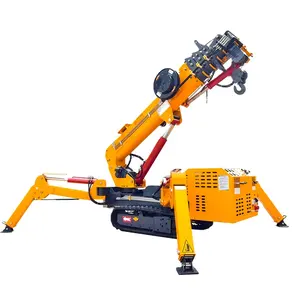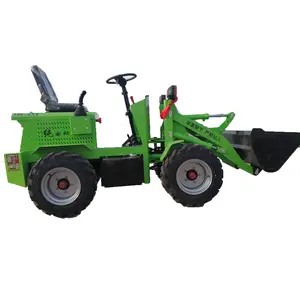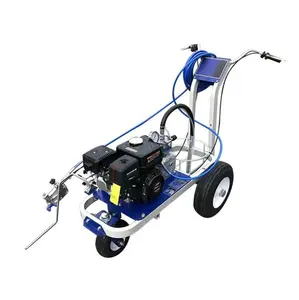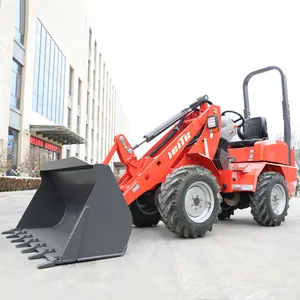Popular in your industry



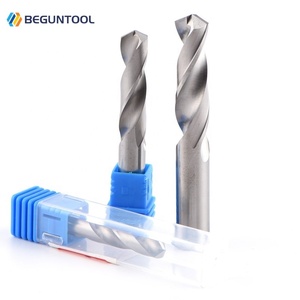



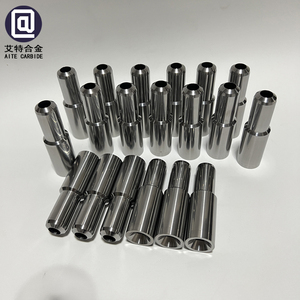
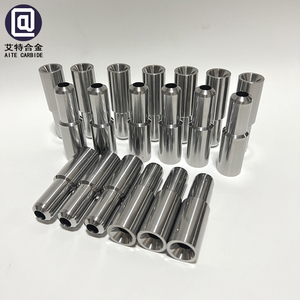

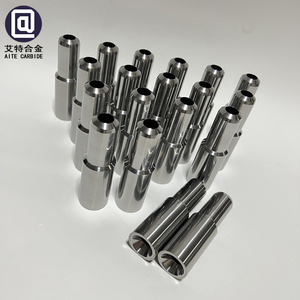


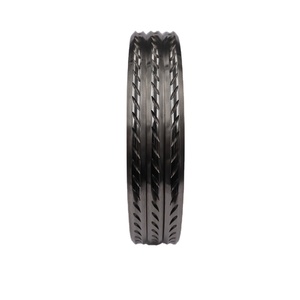
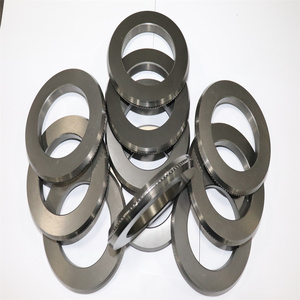

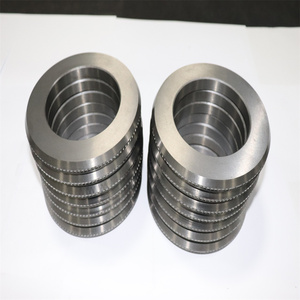












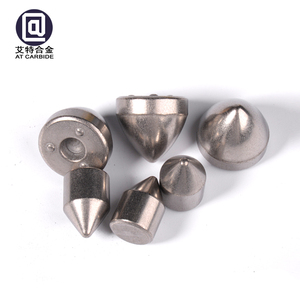
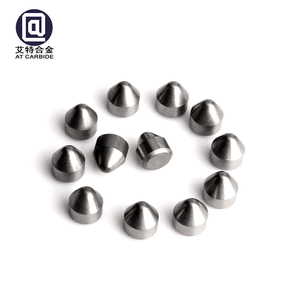

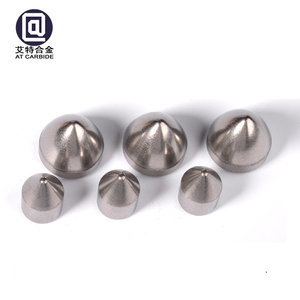




















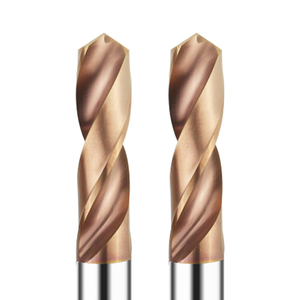



Top categories
About tungsten carbide friction drilling
Tungsten carbide friction drilling is a cutting-edge process that has significantly impacted the metalworking industry. This method, also known as flow drilling, is renowned for its precision and efficiency in creating smooth, burr-free holes in various metals.
Types and Characteristics of Tungsten Carbide Friction Drilling Tools
The array of tools within the tungsten carbide friction drilling category is diverse, each designed to meet specific drilling demands. The thermal friction drill bits, including the M3 to M12 series, cater to a range of hole diameters and metal thicknesses. These bits are further categorized by their tip geometry, which is fine-tuned for different metal types, from softer metals like aluminum to harder alloys such as stainless steel. The characteristics of each bit type are intricately engineered to balance the heat generation and material displacement, ensuring a smooth drilling process and extending the tool's lifespan. Moreover, specialized bits are available for unique applications, such as creating threaded holes or enlarging existing ones, each with a design that optimizes performance for its intended use.
Structure and Operation of Friction Drilling Components
The structure of a flowdrill bit is a testament to engineering precision, featuring a cylindrical body with a conical tip designed to focus frictional heat at the point of contact. As the bit rotates and applies pressure against the workpiece, the generated heat softens the metal, allowing the bit to penetrate and extrude the material upward, forming a collar suitable for threading. This operation is akin to a symphony between the raw water tank, heater, and evaporator, where heat and pressure are the conductors, reshaping the metal into the desired form. The intricacy of the bit's design, including flutes and a specially formulated tip, is crucial for the efficient transfer of heat and for maintaining stability during the drilling process.
Materials and Properties in Friction Drilling
The selection of materials for tungsten carbide friction drilling is pivotal. Tungsten carbide, the primary material, is chosen for its exceptional hardness and resistance to high temperatures. The carbon steel body of the drill bit provides flexibility, while the tungsten carbide tip maintains sharpness under extreme conditions. These materials are often paired with coatings such as black oxide, which enhances corrosion resistance, or zinc for increased lubricity and thermal conductivity, contributing to the bit's performance and durability. The choice of material and finish is not arbitrary; it is the result of extensive research and development aimed at maximizing the efficiency and lifespan of the drilling tool.
Business Usages and Applications of Friction Drilling
In the business realm, tungsten carbide friction drilling has carved out a significant niche across various sectors. In automotive manufacturing, it's employed to create precise holes for fluid lines and wiring harnesses. In construction, it facilitates the installation of HVAC systems by drilling into ductwork. The aerospace industry relies on it for the high-integrity holes required in aircraft components. Each application capitalizes on the unique ability of friction drilling to create clean holes in thin-walled metals without compromising structural integrity, thereby enhancing product quality and reducing production costs. The process is also invaluable in the manufacturing of electronic enclosures, where precision and the integrity of the holes can affect the performance of the final product.
Functions and Tasks of Tungsten Carbide Friction Drilling
The primary function of tungsten carbide friction drilling is to create holes in metal workpieces without removing any material. This is accomplished through the thermal softening of metal, which is then displaced to form the hole and the bushing for threads. This process is particularly advantageous for creating strong, threaded connections in thin-walled materials where traditional drilling and tapping would weaken the structural integrity. Beyond creating holes, friction drilling also enhances the mechanical properties of the drilled area, increasing its strength and resistance to wear and tear.
Features and Unique Selling Points of Friction Drilling
The distinct features of tungsten carbide friction drilling include its ability to produce holes without generating waste in the form of metal chips, and the enhancement of the workpiece's strength through the creation of a thickened collar around the hole. These capabilities set it apart from conventional drilling methods and position it as a superior solution for certain manufacturing challenges. The unique selling points of friction drilling include its speed, the quality of the finished hole, and the elimination of the need for secondary finishing processes, which can be a significant cost and time saver in high-volume production environments.
Benefits and Positive Outcomes of Friction Drilling
The benefits of tungsten carbide friction drilling are manifold. It offers a chipless drilling process, which means there is no need for secondary operations to remove burrs or chips. This leads to a cleaner work environment and reduces the time and cost associated with post-drilling cleanup. Additionally, the friction drilling process work-hardens the material around the hole, resulting in improved load-bearing capabilities and enhanced fatigue resistance of the drilled component. These improvements can be critical in applications where the mechanical strength of the drilled part is of utmost importance, such as in safety-critical components in the automotive or aerospace industries.
How to Use Tungsten Carbide Friction Drilling
Effective use of tungsten carbide friction drilling requires a precise setup of the drilling machine, with careful attention to the drill speed and feed rate. The operator must ensure that the drill bit is perpendicular to the workpiece to prevent uneven wear and potential damage to the bit or the material. It is also essential to select the correct speed and feed rate for the material being drilled to optimize the frictional heat generation and ensure a clean hole is produced.
How to Choose the Right Friction Drill Bit
Selecting the right flowdrill bit is crucial for successful friction drilling. Factors to consider include the type of metal being drilled, the thickness of the material, and the desired hole size. It's also important to match the drill bit's coating and material properties to the specific requirements of the application to ensure optimal performance and longevity. For instance, a bit designed for soft aluminum would differ significantly from one intended for drilling stainless steel, not only in terms of material but also in the geometry of the tip and the type of coating used.
How to Clean and Maintain Friction Drill Bits
Cleaning and maintaining flowdrill bits involve regular inspection for signs of wear or damage. After use, bits should be wiped clean of any metal particles and stored properly. Periodic checks and proper lubrication during use will help maintain the bit's efficiency and extend its service life. It's also advisable to follow a maintenance schedule based on the manufacturer's recommendations and the frequency of use.
How to Install Tungsten Carbide Friction Drill Bits
Installing tungsten carbide friction drill bits requires precision. The bit must be securely clamped into the drill chuck, ensuring that it is perfectly aligned with the axis of the workpiece. Following the manufacturer's specifications for torque settings will help prevent slippage or misalignment during the drilling process. It is also important to ensure that the drilling machine is capable of achieving the necessary speeds and has the robustness required for friction drilling, as the process generates significant heat and force.
